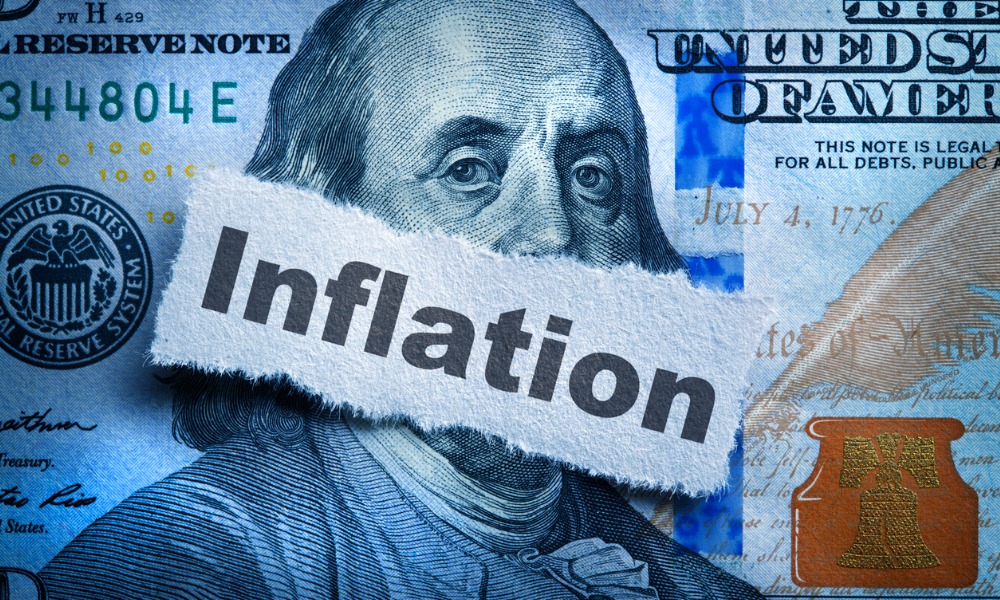Fed's inflation gauge hits 2.2 percent in August, while personal income and spending fall below expectations

Inflation in the US moved closer to the Federal Reserve’s 2 percent target in August, easing concerns about rising prices.
This shift sets the stage for potential interest rate cuts, the Commerce Department reported Friday, according to CNBC.
The personal consumption expenditures (PCE) price index, a primary gauge for the Fed, rose 0.1 percent for the month. This brought the 12-month inflation rate down to 2.2 percent, a decrease from July's 2.5 percent and the lowest rate since February 2021. The Fed’s annual inflation target remains at 2 percent.
Economists surveyed by Dow Jones had expected the PCE to increase by 0.1 percent in August and 2.3 percent on a year-over-year basis. Excluding food and energy, the core PCE rose 0.1 percent in August and 2.7 percent year-over-year, which was 0.1 percentage point higher than July.
Core PCE is considered a more reliable indicator of long-term inflation trends by Fed officials. Economists had predicted a monthly rise of 0.2 percent for core PCE and 2.7 percent for the 12-month figure.
“All quiet on the inflation front,” said Chris Larkin, managing director of trading and investing at E-Trade from Morgan Stanley. “Add today’s PCE Price Index to the list of economic data landing in a sweet spot. Inflation continues to keep its head down, and while economic growth may be slowing, there’s no indication it’s falling off a cliff.”
Despite the positive inflation data, personal income and spending figures came in lower than expected. Personal income grew by 0.2 percent, while personal spending increased by 0.2 percent. Analysts had forecast 0.4 percent growth in income and 0.3 percent in spending.
Following the report, stock market futures turned positive, while Treasury yields declined. This inflation update arrived just over a week after the Federal Reserve reduced its benchmark overnight borrowing rate by half a percentage point, bringing it to a target range of 4.75 to 5 percent.
The progress in August inflation came despite ongoing cost pressures in housing, which increased by 0.5 percent for the largest monthly rise since January. Service prices overall went up by 0.2 percent, while goods prices fell by 0.2 percent.
This marked the first time the Federal Reserve cut rates since March 2020, during the onset of the COVID-19 pandemic. Notably, it was a significant reduction, as the Fed typically adjusts rates in quarter-point increments.
In recent days, the Federal Reserve has shifted its focus from solely combating inflation to supporting a softening US labour market.
At a recent meeting, policymakers indicated they expect to implement another half-point cut this year, followed by a full percentage point cut in 2025. However, market observers expect a more aggressive approach.



